
The Enchanting Charm of Döbling: Vienna's Green Jewel
Discover Döbling: Vienna’s scenic neighbourhood where historic charm meets lush vineyards and breathtaking views.
Nestled in the northern part of Vienna, Döbling is a captivating neighbourhood that effortlessly blends urban sophistication with natural beauty. This district is renowned for its picturesque vineyards, making it a haven for wine enthusiasts. A visit to Döbling offers a serene retreat from the bustling city centre, with its rolling hills and verdant landscapes providing a perfect backdrop for leisurely walks and scenic picnics. Stroll through the historic streets of Döbling, where traditional Viennese architecture meets modern amenities. Explore the charming local markets, where you can indulge in fresh produce, artisanal goods, and delectable Austrian pastries. The neighbourhood is also home to several notable landmarks, including the imposing Karl-Marx-Hof and the tranquil Beethoven Museum, dedicated to the legendary composer who once resided in the area. For those seeking outdoor adventures, the Kahlenberg and Leopoldsberg hills offer breathtaking panoramic views of Vienna. These spots are ideal for hiking, cycling, or simply soaking up the natural beauty. After a day of exploration, unwind at one of Döbling’s many Heuriger, traditional wine taverns where you can savour local wines and authentic Viennese cuisine. Whether you’re a history buff, a nature lover, or a culinary enthusiast, Döbling promises a memorable and enriching experience.
Local tips in Döbling
- Visit during autumn for the wine harvest season, when the vineyards are most vibrant and local Heuriger offer fresh wine.
- Take the bus or tram to Kahlenberg for the best panoramic views of Vienna.
- Wear comfortable shoes for exploring the hilly terrain and cobblestone streets.
The Enchanting Charm of Döbling: Vienna's Green Jewel
Nestled in the northern part of Vienna, Döbling is a captivating neighbourhood that effortlessly blends urban sophistication with natural beauty. This district is renowned for its picturesque vineyards, making it a haven for wine enthusiasts. A visit to Döbling offers a serene retreat from the bustling city centre, with its rolling hills and verdant landscapes providing a perfect backdrop for leisurely walks and scenic picnics. Stroll through the historic streets of Döbling, where traditional Viennese architecture meets modern amenities. Explore the charming local markets, where you can indulge in fresh produce, artisanal goods, and delectable Austrian pastries. The neighbourhood is also home to several notable landmarks, including the imposing Karl-Marx-Hof and the tranquil Beethoven Museum, dedicated to the legendary composer who once resided in the area. For those seeking outdoor adventures, the Kahlenberg and Leopoldsberg hills offer breathtaking panoramic views of Vienna. These spots are ideal for hiking, cycling, or simply soaking up the natural beauty. After a day of exploration, unwind at one of Döbling’s many Heuriger, traditional wine taverns where you can savour local wines and authentic Viennese cuisine. Whether you’re a history buff, a nature lover, or a culinary enthusiast, Döbling promises a memorable and enriching experience.
Iconic landmarks you can’t miss
Setagayapark
Explore the serene beauty and cultural charm of Setagayapark, Vienna's tranquil oasis blending nature and Japanese-inspired design.
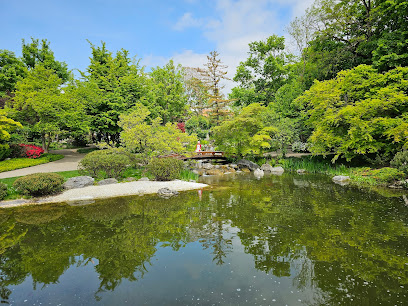
Leopoldsberg
Discover the beauty of Leopoldsberg, a historical landmark in Vienna offering scenic hikes, stunning views, and rich cultural experiences.
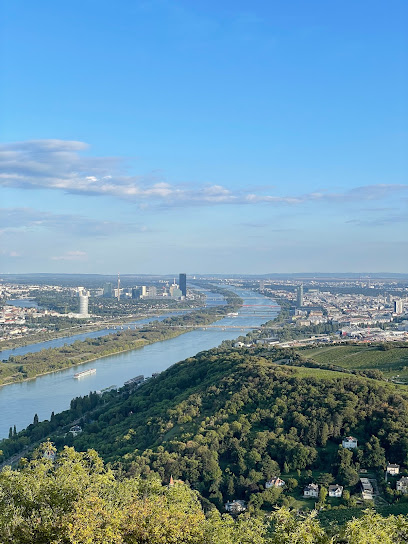
Raimund-Zoder-Park
Experience the tranquility of Raimund-Zoder-Park in Vienna, a perfect blend of nature and relaxation in the heart of the city.

Beethoven Statue
Discover the Beethoven Statue in Vienna, a historic landmark honoring the legendary composer amidst picturesque gardens and vibrant cultural heritage.
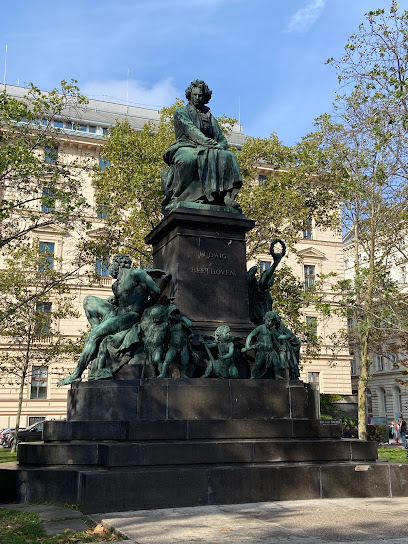
Linnépark
Explore Linnépark, a tranquil retreat in Vienna's Döbling district, where nature's beauty meets serene relaxation for every traveler.
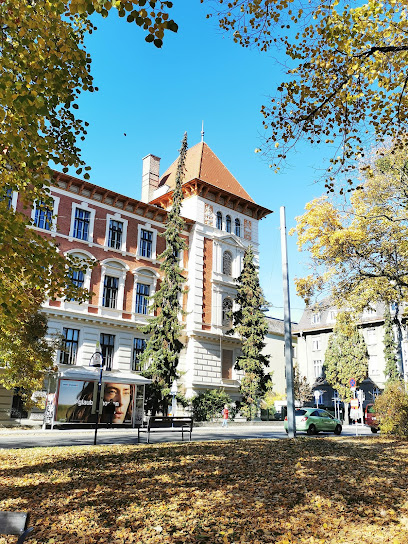
12.-Februar-Platz
Discover the tranquil beauty of 12.-Februar-Platz, a serene park in Vienna offering lush landscapes, local art, and a peaceful retreat from the city hustle.
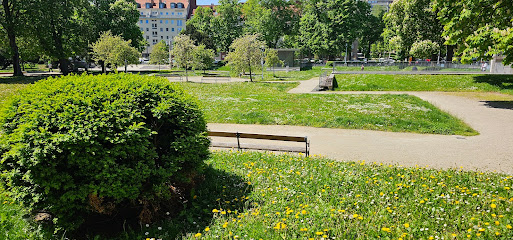
Lovelocks Kahlenberg
Discover Lovelocks Kahlenberg: A romantic hilltop destination in Vienna with stunning views, love locks tradition, and serene nature trails.
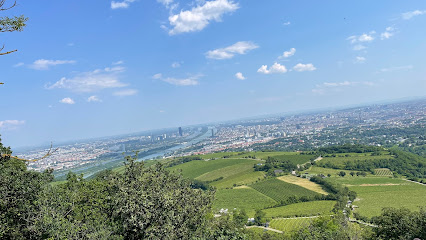
Pavillon
Discover the serene beauty of Pavillon Park in Vienna, a peaceful oasis perfect for relaxation, picnics, and experiencing local culture.
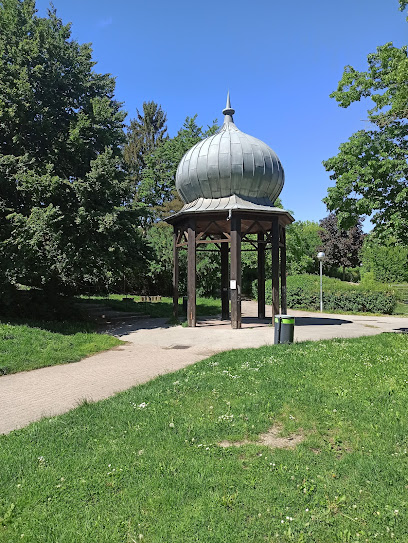
Rudolf-Friedl-Stiege
Experience the historical charm of Rudolf-Friedl-Stiege in Vienna, a serene pathway showcasing the city's architectural beauty and rich cultural heritage.

Gedenktafel für Karl Mark
Discover the tranquil Memorial Plaque for Karl Marx in Vienna, a serene spot honoring a pivotal figure in philosophy amidst beautiful surroundings.
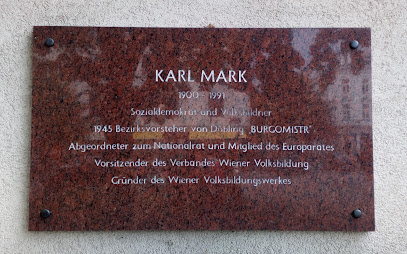
Unmissable attractions to see
Hofburg
Discover the grandeur of Hofburg Palace, Vienna's imperial heart, showcasing history, art, and stunning architecture in the city's vibrant center.
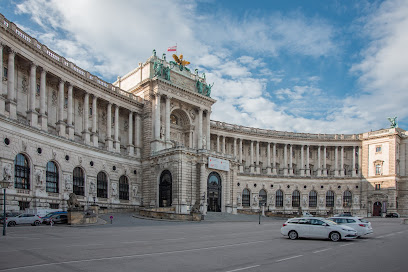
Setagayapark
Discover the tranquility of Setagayapark, a beautiful Japanese-inspired park in Vienna, perfect for relaxation and exploration.
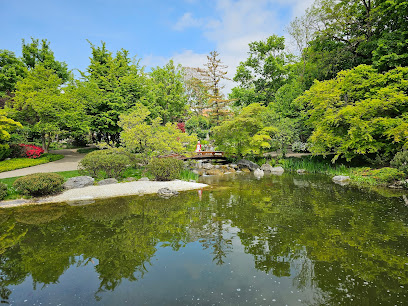
Am Himmel
Experience the breathtaking views and serene beauty of Am Himmel, a perfect blend of nature and cityscape in Vienna.
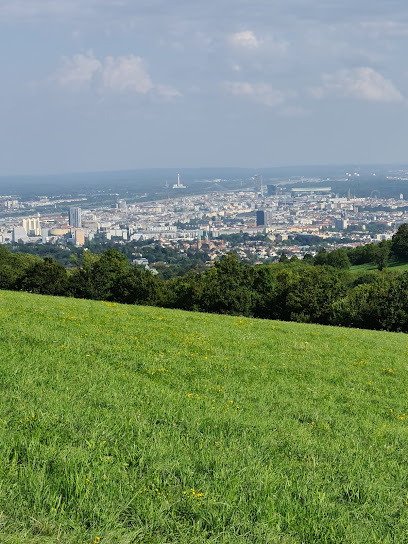
Cobenzl Aussicht
Experience the stunning panoramic views and hiking trails at Cobenzl Aussicht, a scenic gem in Vienna's beautiful hills.
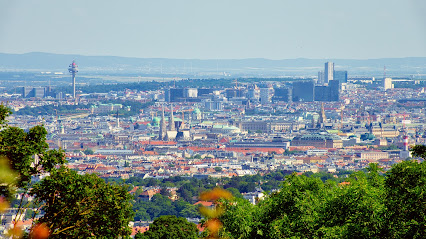
Leopoldsberg
Discover the breathtaking views and rich history at Leopoldsberg, a stunning landmark near Vienna, perfect for hiking and nature lovers.
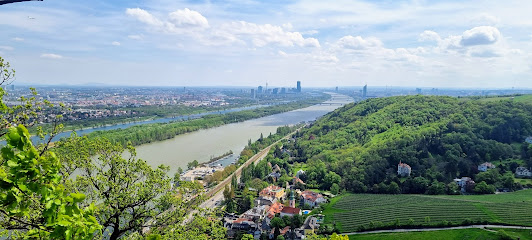
Kronprinzessin-Stefanie-Warte
Discover the Kronprinzessin-Stefanie-Warte: A picturesque lookout in Vienna with stunning views and hiking trails that showcase the city's natural beauty.

Wertheimsteinpark
Discover the tranquility of Wertheimsteinpark in Vienna, a lush park perfect for relaxation, picnics, and enjoying nature's beauty.
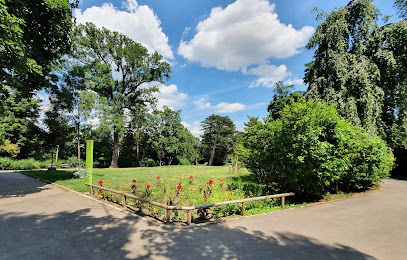
Wasserbehälter Hackenberg
Explore the serene beauty and historical significance of Wasserbehälter Hackenberg, a hidden gem in Vienna's lush hills offering breathtaking views.

Panoramic View
Discover the breathtaking Panoramic View in Vienna, where stunning vistas meet rich history, offering a perfect escape in the heart of the city.
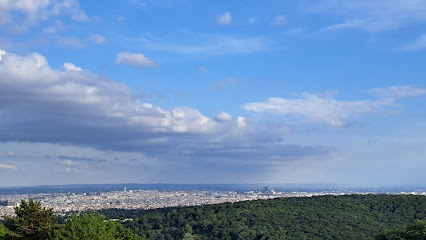
Bergsee im Türkenschanzpark
Explore the tranquil Bergsee im Türkenschanzpark, a hidden gem in Vienna offering picturesque scenery and a peaceful escape into nature.
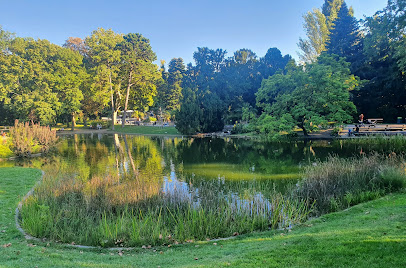
Lovelocks Kahlenberg
Experience the romance and stunning views at Lovelocks Kahlenberg, a unique attraction in Vienna where love stories are symbolized with locks.

Essential places to dine
Figls
Experience authentic Austrian flavors at Figls in Vienna's charming Döbling district - where tradition meets culinary excellence.
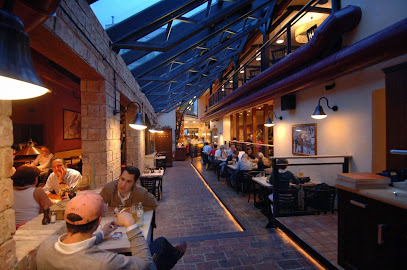
Restaurant Athene
Experience authentic Greek flavors paired with fine wines at Restaurant Athene in Vienna's charming Döbling district.
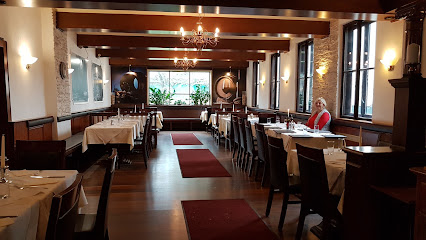
Das Cottage
Experience exquisite Viennese cuisine at Das Cottage - where tradition meets modern culinary artistry in a charming atmosphere.
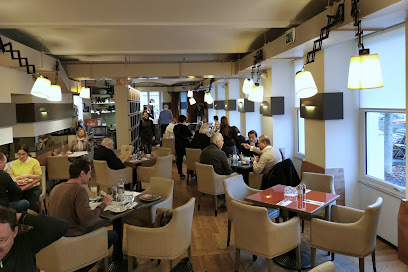
Restaurant Eckel
Discover exquisite Austrian cuisine at Restaurant Eckel in Vienna—where tradition meets elegance in every dish.
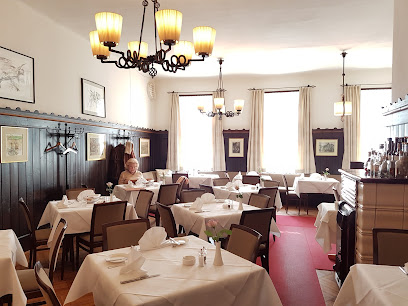
Restaurant Neuland
Experience the exquisite fusion of Austrian and Chilean cuisine at Restaurant Neuland in Vienna's charming Döbling district.
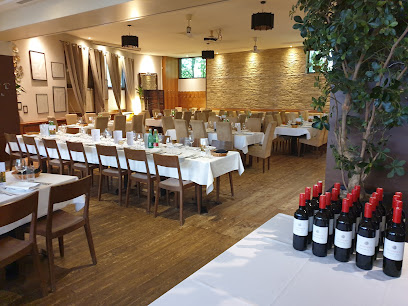
Restaurant Amador
Experience unparalleled fine dining at Restaurant Amador in Vienna – where innovation meets tradition in every exquisite dish.
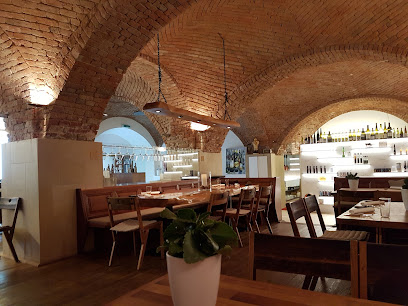
La Cuisine
Experience exquisite dining at La Cuisine in Vienna - where tradition meets innovation for an unforgettable culinary adventure.
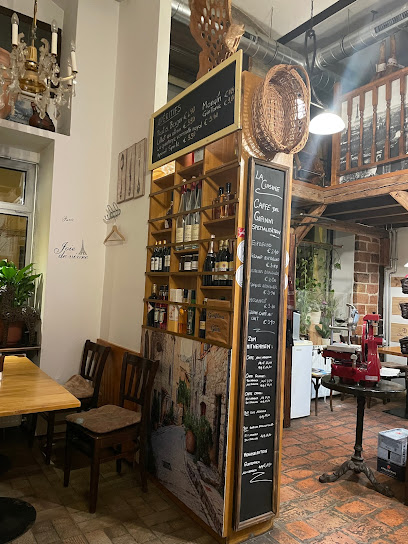
Suriana Restaurant
Discover the culinary excellence of Suriana Restaurant in Döbling – where tradition meets innovation in every bite.
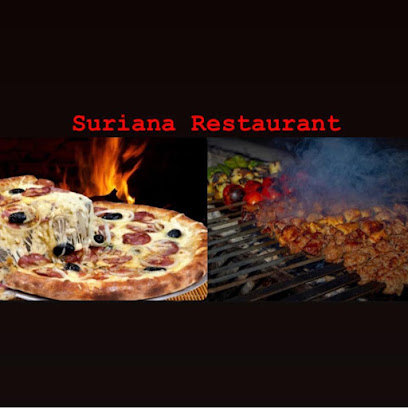
Essen Und Trinken
Experience authentic Austrian cuisine at Essen Und Trinken in Döbling, where local flavors meet stunning views in a welcoming atmosphere.
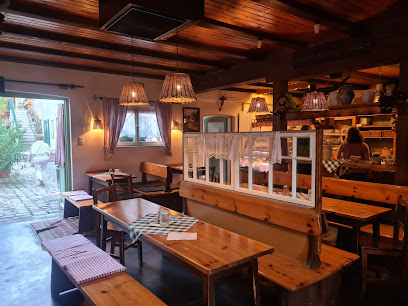
Vigla Restaurant
Experience exquisite dining at Vigla Restaurant in Döbling, where traditional Austrian cuisine meets modern culinary artistry.
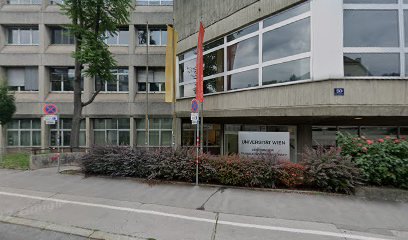
Markets, malls and hidden boutiques
Q19
Explore Q19 Shopping Mall in Vienna for a unique shopping experience combining local charm and international flair.
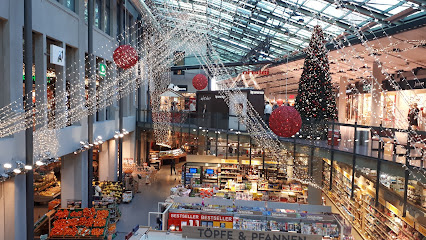
HUMANA Vintage & Secondhand
Explore HUMANA Vintage & Secondhand in Vienna for an eco-friendly fashion adventure filled with unique vintage treasures and sustainable style.
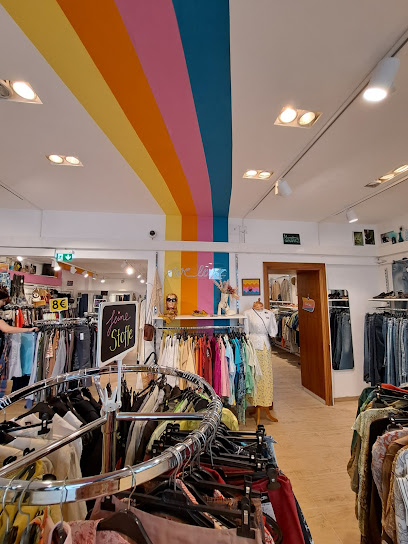
Kunst19 by BG e.U. Vintage Fashion und Antiquitäten
Explore Kunst19 in Vienna for exquisite vintage fashion and unique antiques, where every piece tells a story of elegance and history.
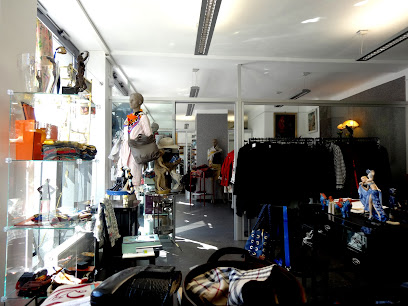
Fashion Lounge Döbling
Explore the stylish offerings of Fashion Lounge Döbling, where fashion meets the charm of Vienna's Döbling district.
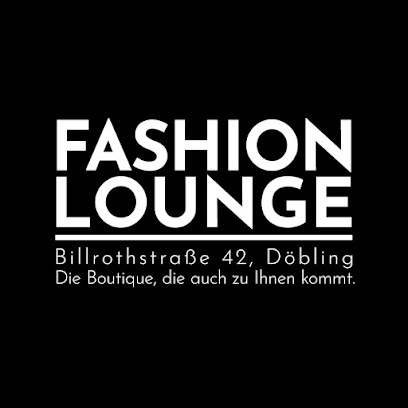
YES MY DEAR
Explore YES MY DEAR, Vienna's chic clothing store offering unique styles and personalized shopping experiences in the heart of Döbling.
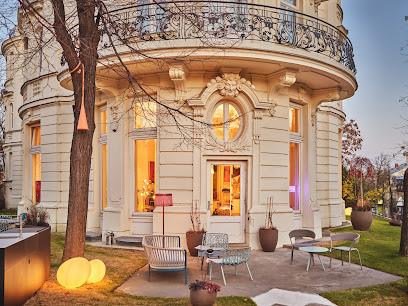
Anziehendes
Explore Anziehendes in Vienna for a unique blend of local and international fashion, perfect for stylish souvenirs and wardrobe upgrades.
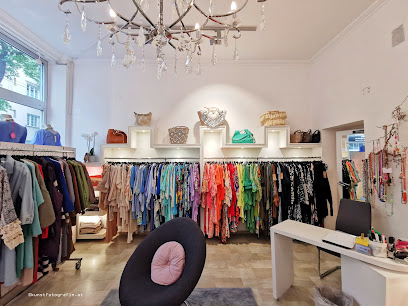
ZOE ENGEL
Explore the exquisite fashion offerings at ZOE ENGEL, a charming boutique in Vienna's Döbling district, known for its unique and stylish clothing selections.
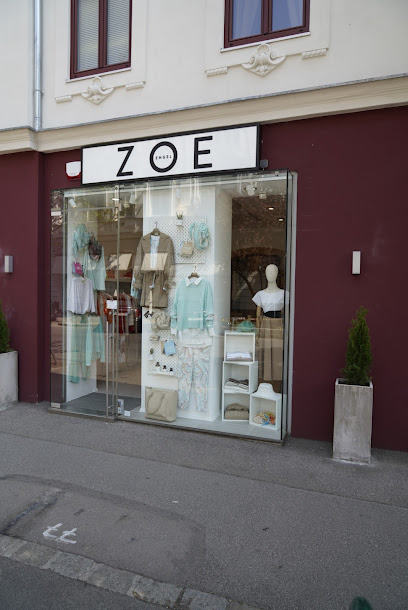
Dekoshop Kuini Vienna
Experience the delectable delights of Dekoshop Kuini in Vienna, where art meets flavor in a charming candy store and cafe.
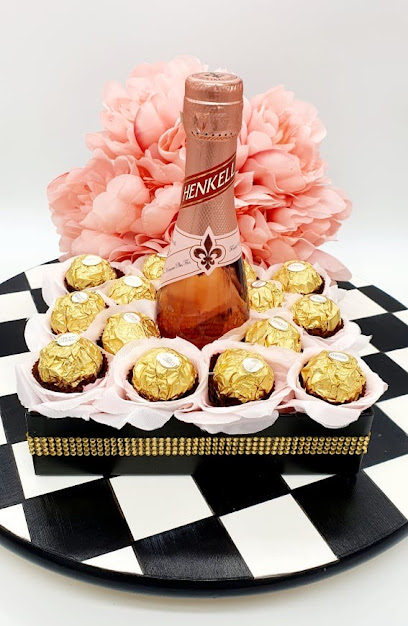
KleinKram
Explore KleinKram, a vibrant clothing store in Vienna's Döbling district, offering unique fashion and local styles for the discerning traveler.
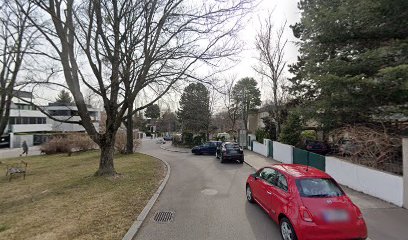
Wedding Shop
Explore a charming wedding shop in Vienna’s Döbling district, offering exquisite bridal gowns, accessories, and unique gifts for your special day.
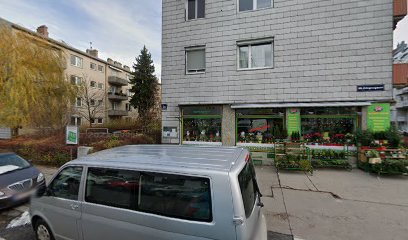
Essential bars & hidden hideouts
Battle Axe Rock & Metal Pub Vienna
Discover the heart of Vienna's nightlife at Battle Axe Rock & Metal Pub, where electrifying music and great drinks unite in a vibrant atmosphere.

SLUbar
Experience Vienna's vibrant nightlife at SLUbar, where expertly crafted cocktails and a lively atmosphere await you in the heart of Döbling.

Shakes Pub & Restaurant
Experience the vibrant flavors and warm hospitality of Vienna at Shakes Pub & Restaurant, your go-to spot for traditional Austrian cuisine.
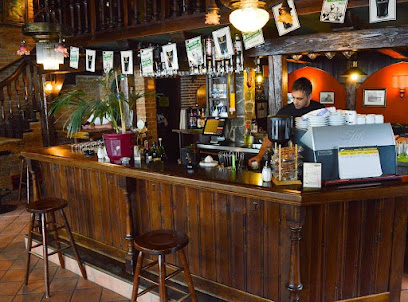
Unders Vienna
Discover the essence of Irish culture at Unders Vienna, a cozy pub offering a delightful selection of drinks and a warm atmosphere.
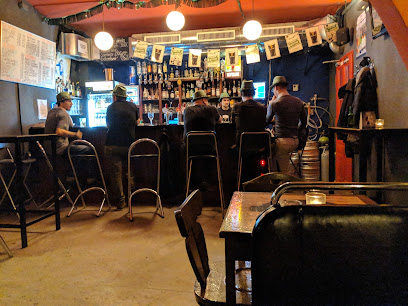
Aristo-Bar
Discover the sophisticated vibes of Aristo-Bar, a premier nightlife destination in Vienna's Döbling district, perfect for cocktails and late-night fun.
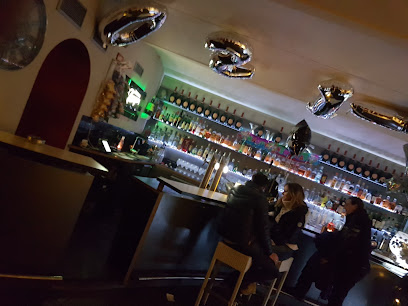
G5 - Live Music Bar
Discover the heartbeat of Vienna's nightlife at G5 - Live Music Bar, where live performances and a vibrant atmosphere await you.
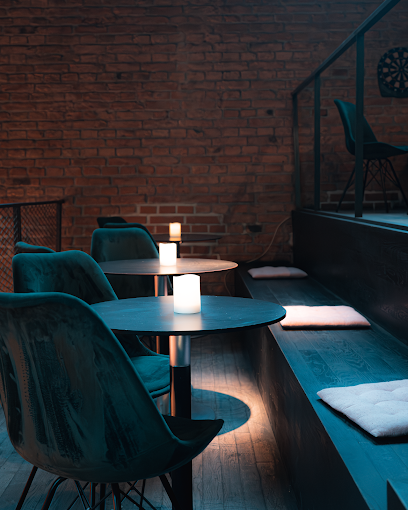
Buddy Red Bar
Discover the vibrant nightlife of Vienna at Buddy Red Bar, a lively spot in Döbling known for its welcoming ambiance and diverse drink selection.
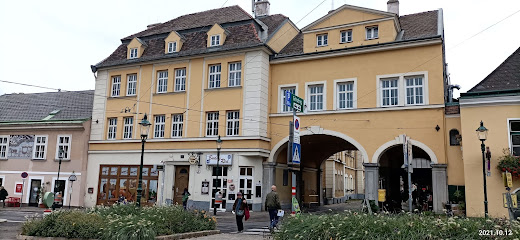
The Secret Lounge & Bar
Discover The Secret Lounge & Bar in Vienna, where artisanal cocktails and a cozy ambiance meet for an unforgettable nightlife experience.

Rocks
Discover the vibrant atmosphere of Rocks, a premier bar in Vienna offering exquisite cocktails and stunning riverside views for an unforgettable night out.
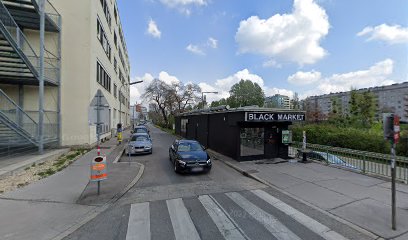
Kaiserbar
Experience the vibrant atmosphere and exquisite drinks at Kaiserbar, a hidden gem in Vienna's Döbling district, perfect for unwinding after a day of exploration.
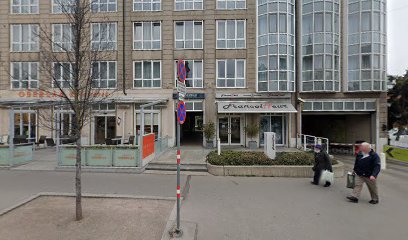
Local Phrases
-
- HelloGriaß di
[Gree-ahss dee] - GoodbyePfiat di
[Pfee-aht dee] - YesJa
[Yah] - NoNein
[Nine] - Please/You're welcomeBitte
[Bee-teh] - Thank youDanke
[Dahn-keh] - Excuse me/SorryEntschuldigung
[Ent-shool-dee-goong] - How are you?Wie geht es dir?
[Vee gayt es deer] - Fine. And you?Gut. Und dir?
[Goot. Oond deer] - Do you speak English?Sprechen Sie Englisch?
[Shpre-khen zee Eng-leesh] - I don't understandIch verstehe nicht
[Eekh fair-shtay-eh neekht]
- HelloGriaß di
-
- I'd like to see the menu, pleaseIch möchte bitte die Speisekarte sehen
[Eekh merkhte bee-teh dee Shp-eye-zeh-kahr-teh zay-en] - I don't eat meatIch esse kein Fleisch
[Eekh ess-eh kine Fly-sh] - Cheers!Prost!
[Prohst] - I would like to pay, pleaseIch möchte bitte zahlen
[Eekh merkhte bee-teh tsah-len]
- I'd like to see the menu, pleaseIch möchte bitte die Speisekarte sehen
-
- Help!Hilfe!
[Hil-feh] - Go away!Geh weg!
[Geh vehg] - Call the Police!Rufen Sie die Polizei!
[Roof-en zee dee Po-lee-tsay] - Call a doctor!Rufen Sie einen Arzt!
[Roof-en zee i-nen arts] - I'm lostIch habe mich verirrt
[Eekh hah-beh meekh fair-eert] - I'm illIch bin krank
[Eekh been krunk]
- Help!Hilfe!
-
- I'd like to buy...Ich möchte ... kaufen
[Eekh merkhte ... cow-fen] - I'm just lookingIch schaue mich nur um
[Eekh shou-eh meekh noor oom] - How much is it?Wie viel kostet das?
[Vee feel kohs-tet dahs] - That's too expensiveDas ist zu teuer
[Dahs ist tsoo toy-er] - Can you lower the price?Können Sie den Preis senken?
[Ker-nen zee den Price zehn-ken]
- I'd like to buy...Ich möchte ... kaufen
-
- What time is it?Wie spät ist es?
[Vee shpet ist es] - It's one o'clockEs ist ein Uhr
[Es ist iyn oor] - Half past (10)Halb (zehn)
[Halb (tsayn)] - MorningMorgen
[Mor-gen] - AfternoonNachmittag
[Nahch-mit-tahg] - EveningAbend
[Ah-bent] - YesterdayGestern
[Ges-tern] - TodayHeute
[Hoy-teh] - TomorrowMorgen
[Mor-gen] - 1eins
[eyns] - 2zwei
[tsvey] - 3drei
[dry] - 4vier
[feer] - 5fünf
[foonf] - 6sechs
[zeks] - 7sieben
[zee-ben] - 8acht
[ahcht] - 9neun
[noyn] - 10zehn
[tsayn]
- What time is it?Wie spät ist es?
-
- Where's a/the...?Wo ist ein/der...?
[Voh ist iyn/dehr] - What's the address?Was ist die Adresse?
[Vahs ist dee Ah-dreh-suh] - Can you show me (on the map)?Können Sie mir das zeigen (auf der Karte)?
[Ker-nen zee meer dahs tsee-gen (owf dehr Kar-teh)] - When's the next (bus)?Wann kommt der nächste (Bus)?
[Vahn kohmt dehr nai-khste (Boos)] - A ticket (to ....)Eine Fahrkarte (nach ....)
[Iy-neh Fahr-kahr-teh (nahch)]
- Where's a/the...?Wo ist ein/der...?
History of Döbling
-
Döbling's history can be traced back to ancient times, with evidence of settlements dating to the Roman era. The area was initially a rural community, with agriculture playing a significant role in its early economy. The first documented mention of Döbling appeared in the 12th century as part of the Vienna territory. Over the centuries, it evolved from a simple village into a more structured settlement due to its proximity to the capital.
-
By the 19th century, Döbling became known for its vineyards and wine production, contributing to Vienna's viniculture. The area was famous for its local wine taverns, or 'Heurigen,' where visitors could enjoy freshly pressed wine. This tradition continues today, with many Heurigen still operating and attracting both locals and tourists. The annual wine festivals celebrate this rich heritage, showcasing the region's unique varieties.
-
The 19th century marked a period of significant urban development in Döbling, particularly during the expansion of the Vienna city limits. Many affluent Viennese citizens built villas and summer residences in the area, transforming its landscape. This led to a cultural flourishing, with notable figures such as the composer Johannes Brahms and writer Stefan Zweig residing in Döbling, adding to its artistic legacy.
-
Döbling, like much of Vienna, was affected by the devastation of World War II. The neighborhood saw destruction, but also resilience as it rebuilt itself in the post-war era. The rebuilding efforts included modern architecture, which contrasted with the historic structures, and revitalized the community's cultural life. The impact of the war and subsequent reconstruction shaped Döbling's identity as a blend of history and modernity.
-
Today, Döbling is a vibrant neighborhood that maintains a balance between its historical roots and modern development. It is home to various cultural institutions, parks, and educational facilities, making it a desirable area for families and professionals alike. The local government promotes sustainable development while preserving the unique character of the neighborhood, ensuring that Döbling remains an integral part of Vienna's rich tapestry.
Döbling Essentials
-
Döbling is well connected to the rest of Vienna via public transport. You can reach Döbling from the city center (1st District) by taking the U-Bahn (subway) Line U4 to Heiligenstadt station. From there, buses such as the 38A, 39A, and 10A will take you deeper into the district. Tram Line D also connects Döbling to other parts of the city, offering a scenic route along the Danube Canal.
-
Döbling is accessible via various modes of public transport. The U-Bahn (subway) Line U4, multiple bus lines, and tram services operate throughout the area. Bicycles are a popular way to explore Döbling, particularly along its scenic paths near the vineyards and the Danube. Bike rentals are available at various locations, and the area is generally bike-friendly.
-
Döbling is generally a safe neighborhood for tourists, with low crime rates. However, standard travel precautions should be observed. Avoid walking alone in poorly lit areas at night. While there are no specific areas known for high crime rates targeting tourists, it is always wise to remain vigilant, especially in crowded places such as markets or public transport hubs.
-
In case of an emergency, dial 112 for immediate assistance. This number connects you to police, fire, and medical services. Familiarize yourself with the locations of local hospitals and police stations. Many pharmacies are available for minor health issues, and travel insurance that covers medical emergencies is highly recommended.
-
Fashion: Do dress appropriately for church visits; casual attire is acceptable, but avoid overly revealing clothes. Religion: Do respect local customs, especially in religious sites. Public Transport: Do be courteous; give up your seat for the elderly or disabled. Don't eat or drink on public transport. Greetings: Do greet with a friendly handshake and a smile. Eating & Drinking: Do try local wines and traditional Viennese dishes. Don't refuse food or drink offered to you, as it can be seen as impolite.
-
To experience Döbling like a local, explore the vineyards and take part in wine tastings at local heurigen (wine taverns). Visit the local markets, especially on weekends, for fresh produce and local delicacies. Engage with the locals; they are generally friendly and happy to share tips or stories about the neighborhood. Don't miss the picturesque views from the Kahlenberg hill, which offers a panoramic view of Vienna.
Nearby Cities to Döbling
-
Things To Do in Eisenstadt
-
Things To Do in Bratislava
-
Things To Do in Sopron
-
Things To Do in Trnava
-
Things To Do in Brno
-
Things To Do in Szombathely
-
Things To Do in Gyor
-
Things To Do in Trenčín
-
Things To Do in Graz
-
Things To Do in Linz
-
Things To Do in České Budějovice
-
Things To Do in Zalaegerszeg
-
Things To Do in Český Krumlov
-
Things To Do in Olomouc
-
Things To Do in Tatabanya












